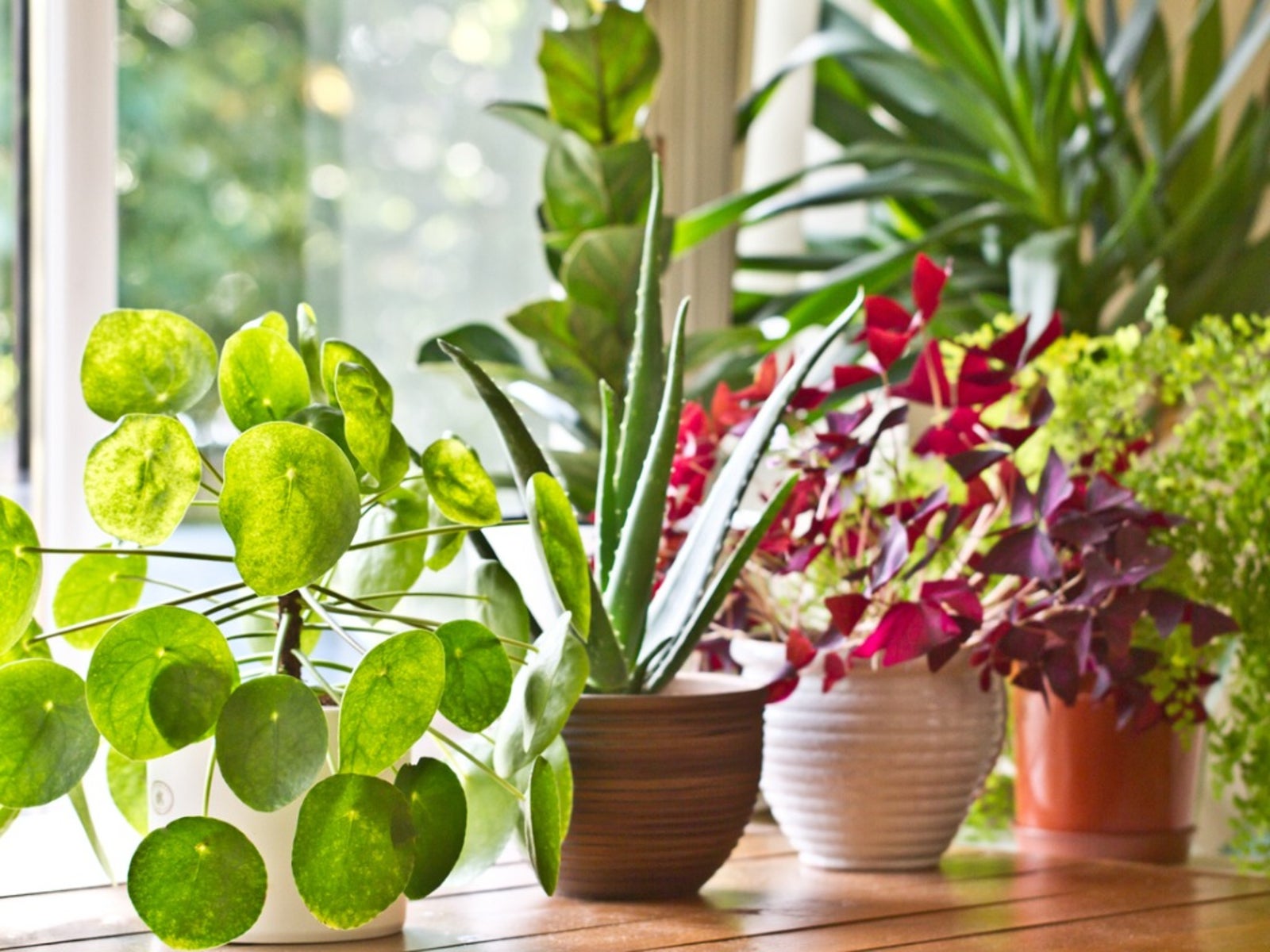What Houseplants Need To Live: Indoor Climates for Healthy Houseplants


Houseplants are probably the most commonly grown specimens for indoor gardens and greenery. Therefore, it's extremely important that their indoor environments suit all of their growing needs. Continue reading for information on keeping houseplants healthy.
What Houseplants Need to Live
The most important elements required for healthy houseplants include light, water, temperature, and humidity. If any or all of these factors are not properly implemented, your houseplants will inevitably suffer.
Light
The amount and intensity of light in keeping houseplants healthy is crucial for their normal life cycle. Insufficient light results in pale, leggy, and weak plants. If this happens, try moving the houseplants to another location such as a sunny window or beneath grow lights, but do so gradually to reduce the amount of stress, or shock, inflicted on the plants. Numerous types of artificial lighting are specifically designed for houseplants. In fact, many types of foliage and flowering plants actually perform better beneath grow lights. Since most plants require both growing and dormant periods, it's a good idea to occasionally cut back the amount of light to allow houseplants to go through a dormancy period. As normal daylight hours begin to shorten, most houseplants will naturally sense this and may go dormant on their own.
Water
Watering is another important aspect of a healthy indoor environment and differs from season to season and plant to plant. During periods of active growth, houseplants will require thorough soaking as the soil begins to dry. However, it's better to keep houseplants slightly dry than overwatered. Unfortunately, overwatering is the most common cause of houseplant deaths. While houseplants are dormant, you'll want to decrease watering as they require less during this time. You may also want to wait until the houseplants are dry to the touch. Sticking your finger in the soil is a good way to determine whether your houseplants require watering. If the soil feels moist, do not water. On the other hand, if the soil feels dry to the touch, give it a good watering. Keeping the water lukewarm or at room temperature is also a good idea.
Temperature
Indoor climates for healthy houseplants include temperatures that hover somewhere between 60 and 75 degrees F., (16-24 C.) give or take. Tropical plants usually enjoy warmer conditions and don't perform well once indoor temperatures fall below 55 to 60 degrees F. (13-16 C.). There are, however, houseplants that enjoy somewhat cooler conditions, like poinsettias. Many flowering houseplants will also bloom longer with slightly cooler indoor temperatures. While most houseplants can withstand slight changes in temperatures, they usually do not appreciate cold drafts or dry air. Keep in mind that nighttime temperatures near windows are considerably cooler. This is especially true in winter. Therefore, you should either cover the window at night or move your plants to a more suitable location. Since houseplants enjoy fresh air now and then, suitable ventilation is important and necessary for optimal growth. Some of the best climates indoors provide houseplants with moving air from a ceiling fan, oscillating fan or an open window nearby. During winter, however, take care not to allow houseplants to become chilled or dry.
Humidity
Most houseplants require moist air for overall health. The majority of houseplants appreciate humidity levels ranging from 50 to 70 percent, higher than that of the average home. Excessive dryness is not good for plants. Although many houseplants create humidity on their own, it's often not enough. There are ways that you can increase the level of humidity in your home though. Good indicators that your houseplants are in need of more humidity include leaf loss or yellowing. Growing plants together in a terrarium or setting pots on a shallow tray of pebbles covered with water are acceptable ways to raise humidity levels. Since plants produce moisture, the more you have in an area the better, especially when grouped together. Most houseplants also enjoy and benefit from daily misting with water. Other ways to increase humidity include the use of cool-vapor humidifiers and small indoor fountains. Alternatively, you could try setting some water-filled dishes around the home. Now that you know what houseplants need to live, creating indoor climates for healthy houseplants will be an easy endeavor.
Sign up for the Gardening Know How newsletter today and receive a free copy of our e-book "How to Grow Delicious Tomatoes".

Nikki Tilley has been gardening for nearly three decades. The former Senior Editor and Archivist of Gardening Know How, Nikki has also authored six gardening books.